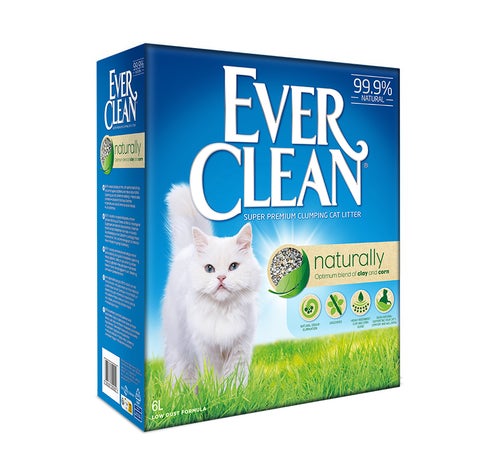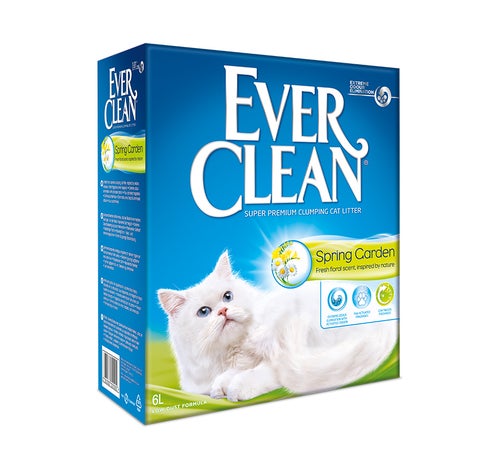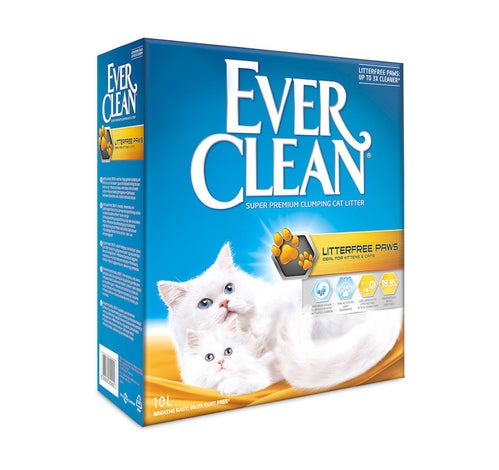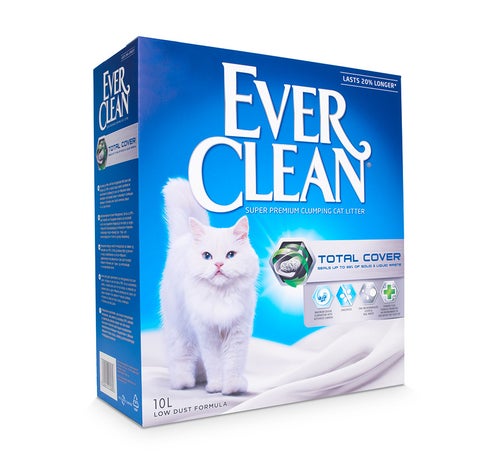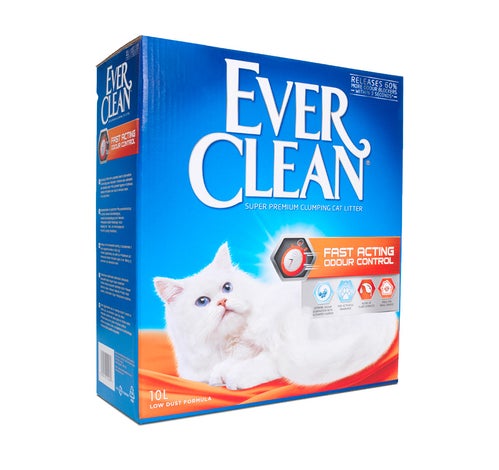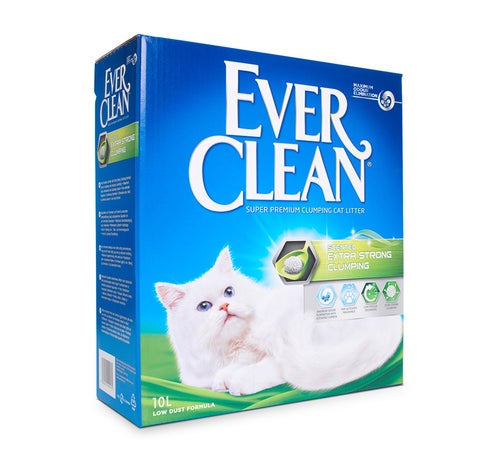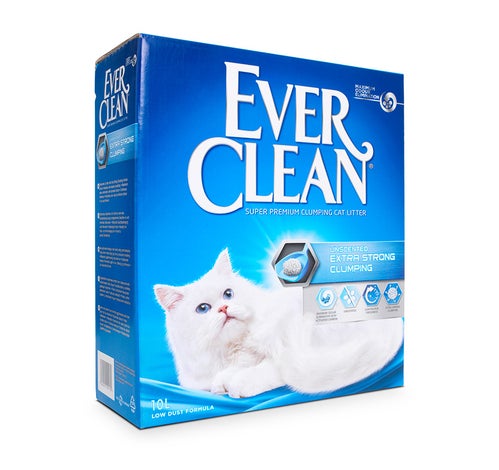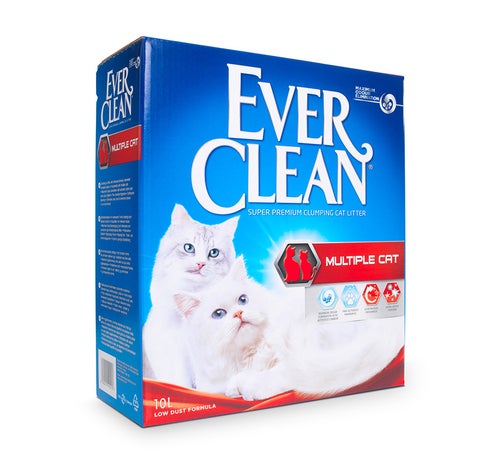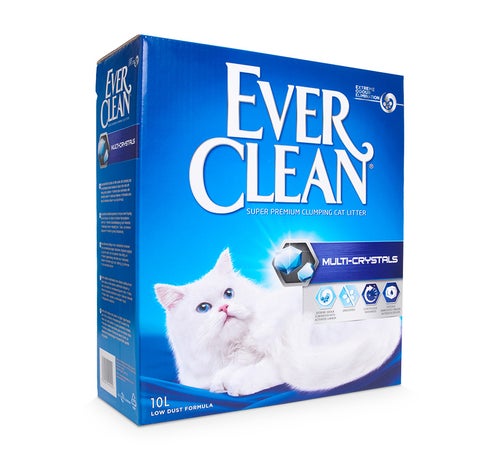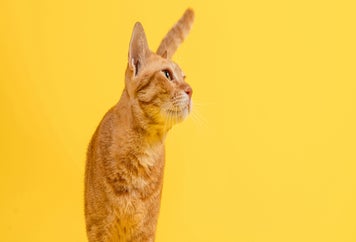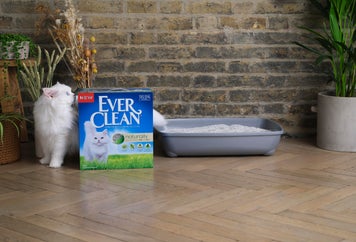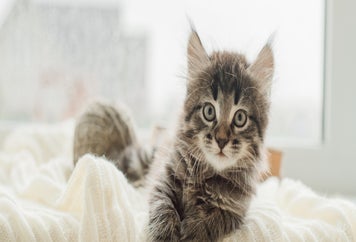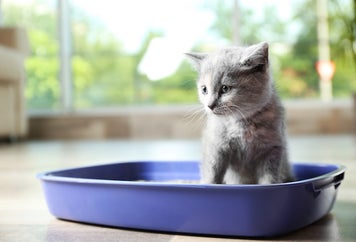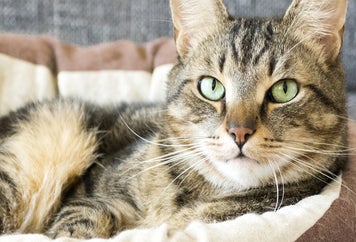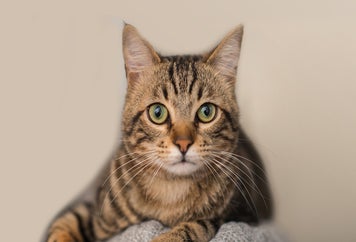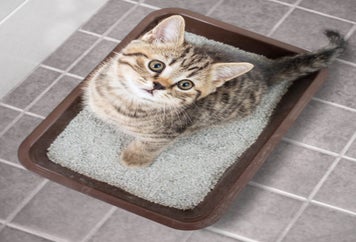Cat litter matters for your cat’s health and happiness
How to create the perfect litter tray experience for your cat
Cats have lived alongside humans for thousands of years. But our pets still show many behaviours that would have helped them survive in the wild – and understanding what drives those behaviours is the key to helping cats live healthy, happy lives.
Litter trays are a prime example. Cats often use them by instinct, but unsuitable conditions can lead to stress and anxiety. And, if your cat is unhappy with their litter tray, they may find somewhere else in the home to go. As well as being unpleasant and unhygienic for you, this is frequently a sign of stress and anxiety in cats. Worse still, stress could trigger painful health conditions such as Feline Idiopathic Cystitis, which may cause a cat to avoid their litter tray altogether.
We have partnered with PDSA, the UK’s leading vet charity, to help you understand your cat’s litter tray behaviour. Let’s explore why the right litter trays are important and how to make them a safe and reassuring space for your cat.
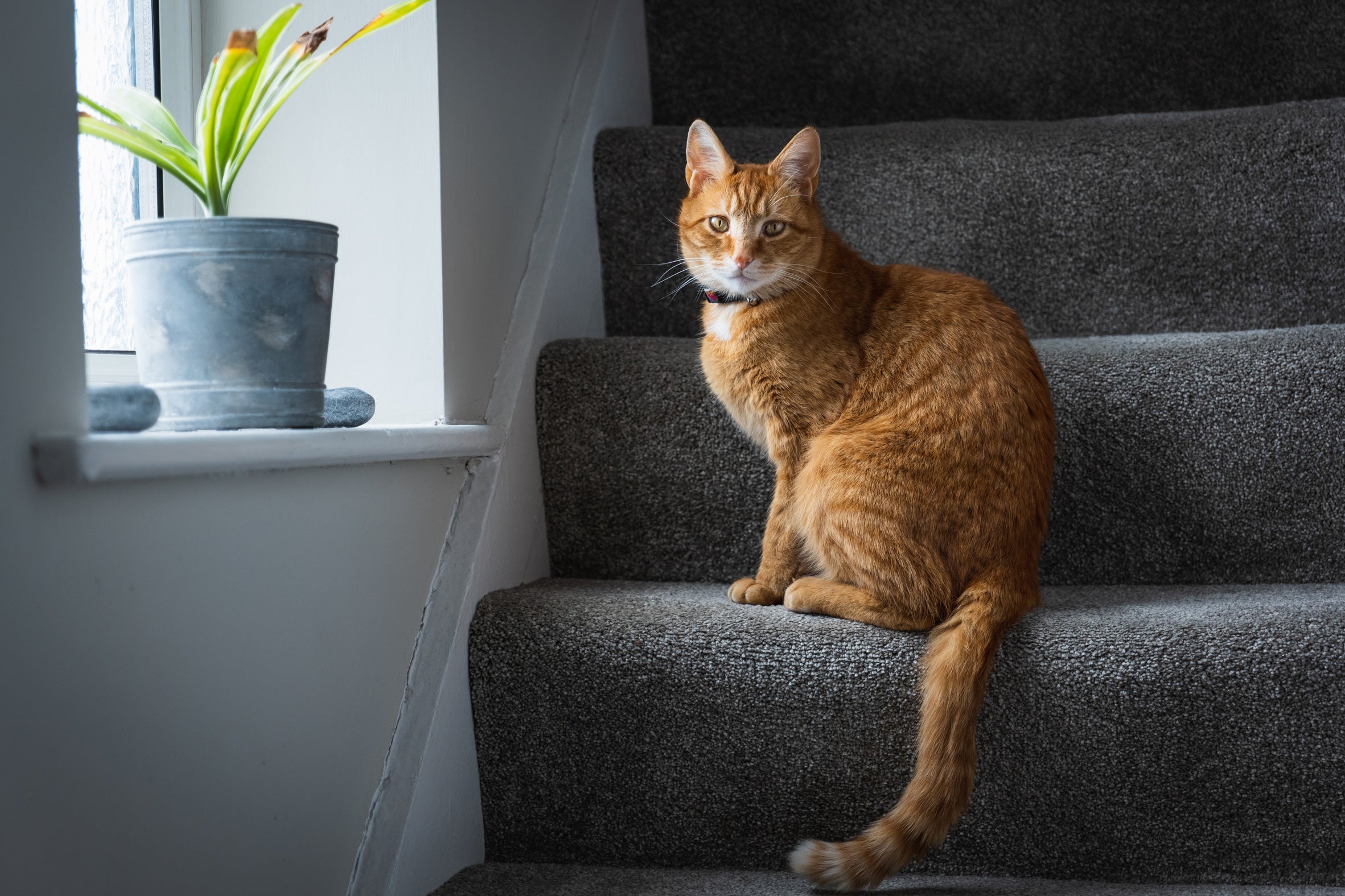
Understanding what drives their behaviours is the key to helping cats live healthy, happy lives.
- Marking their territory
To cats, territory is very important. It’s where they hunt, play, rest, mate, rear their young and use the litter tray. Cats mark territory using their scent, which tells other cats to avoid the area.
In the UK, 7 in 10 cats can explore both inside and outside the home (PDSA Animal Wellbeing (PAW) Report 2022). However, all cats should have the option of using an indoor litter tray to relieve themselves comfortably, mark their territory and avoid bad weather.
2. Cats don’t like to share
Most cats are solitary and need their own space and resources. If you have more than one cat, they may find it stressful to share a litter tray and prefer to find somewhere else to go.
You should provide your cats with one litter tray each, plus an extra one so they can always find somewhere clean.
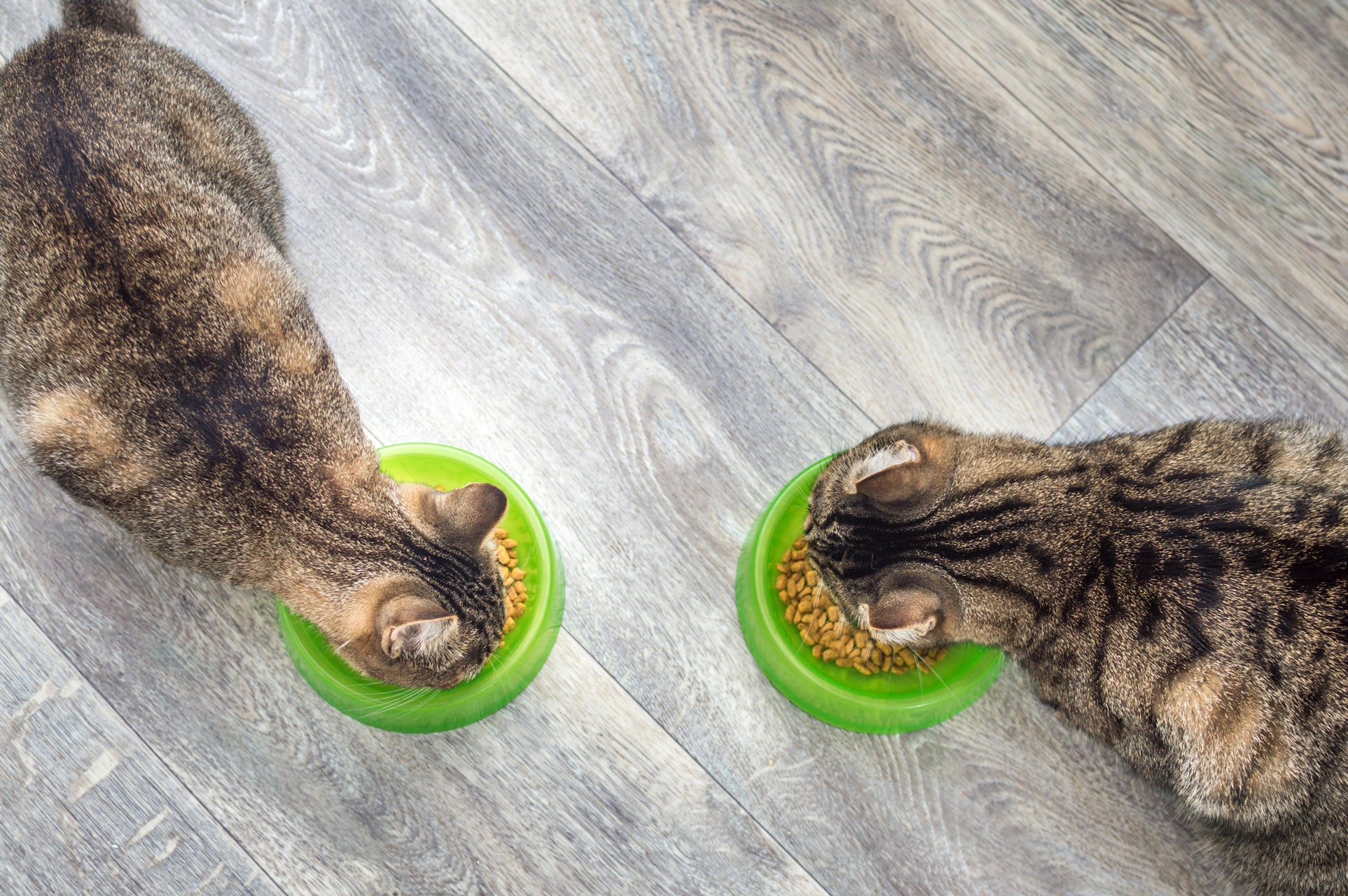
If you have more than one cat, they may find it stressful to share a litter tray
3. Give them elbow room
Cats have specific ways of marking their territory. You may spot them spraying urine vertically, with their tail upright and quivering. Others will spray horizontally. Some leave their droppings uncovered, in a behaviour known as ‘middening’.
This is natural behaviour and why they need a litter tray large enough for them to turn, dig and move around to find a comfortable position. Research shows cats prefer a litter tray at least 1.5 times their size.
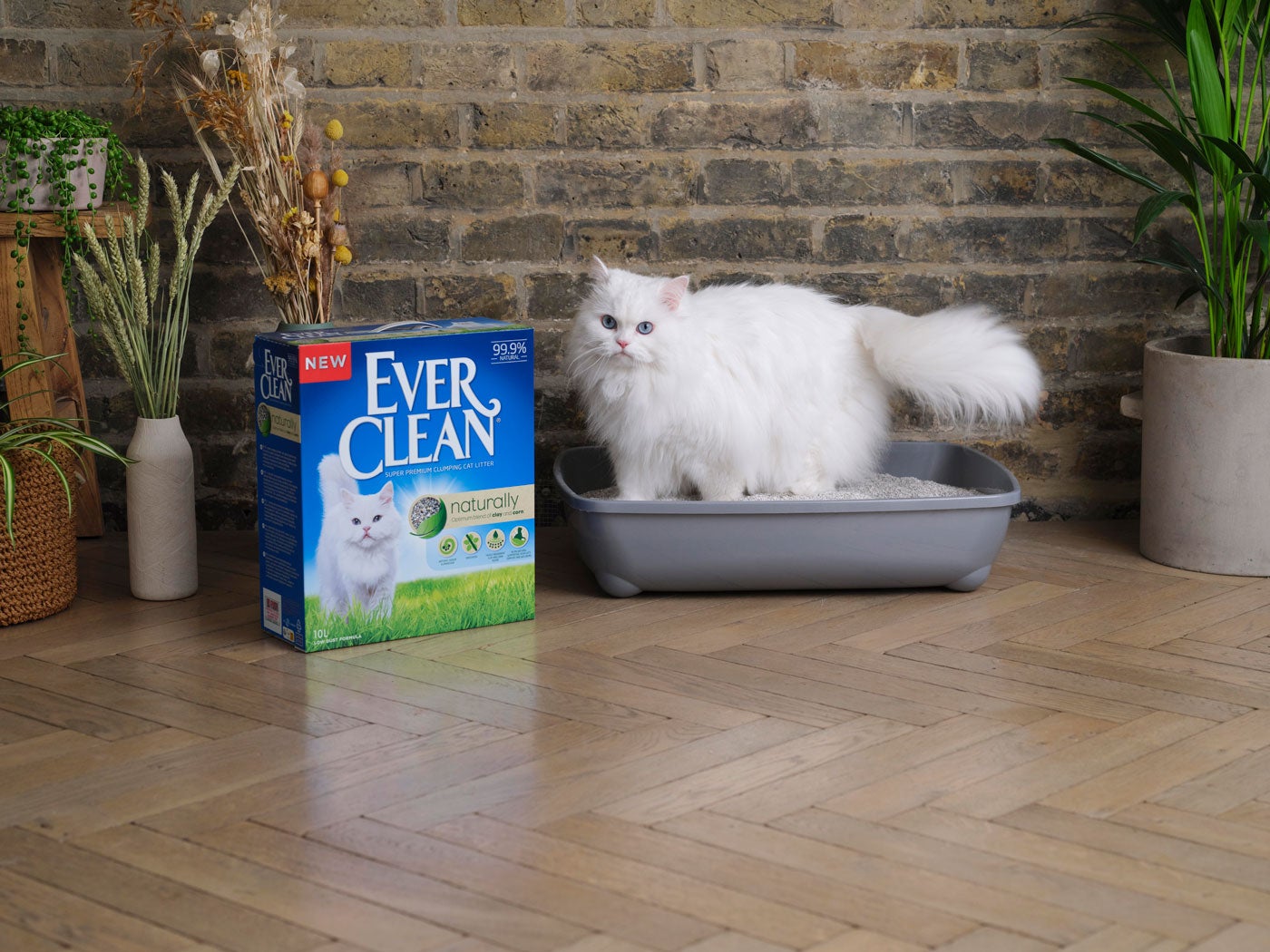
Research shows cats prefer a litter tray at least 1.5 times their size.
4. A place to feel safe
Your cat will feel very vulnerable when using the litter tray. They need to know they won’t be disturbed by people or other pets. It’s also important that the litter tray doesn’t move or wobble when they hop in.
You’ll need to think about the best location for your cat’s litter tray. Find somewhere quiet, away from walkways and windows or doors. Pop one litter tray on each floor of your home, and don’t put them too close to each other.
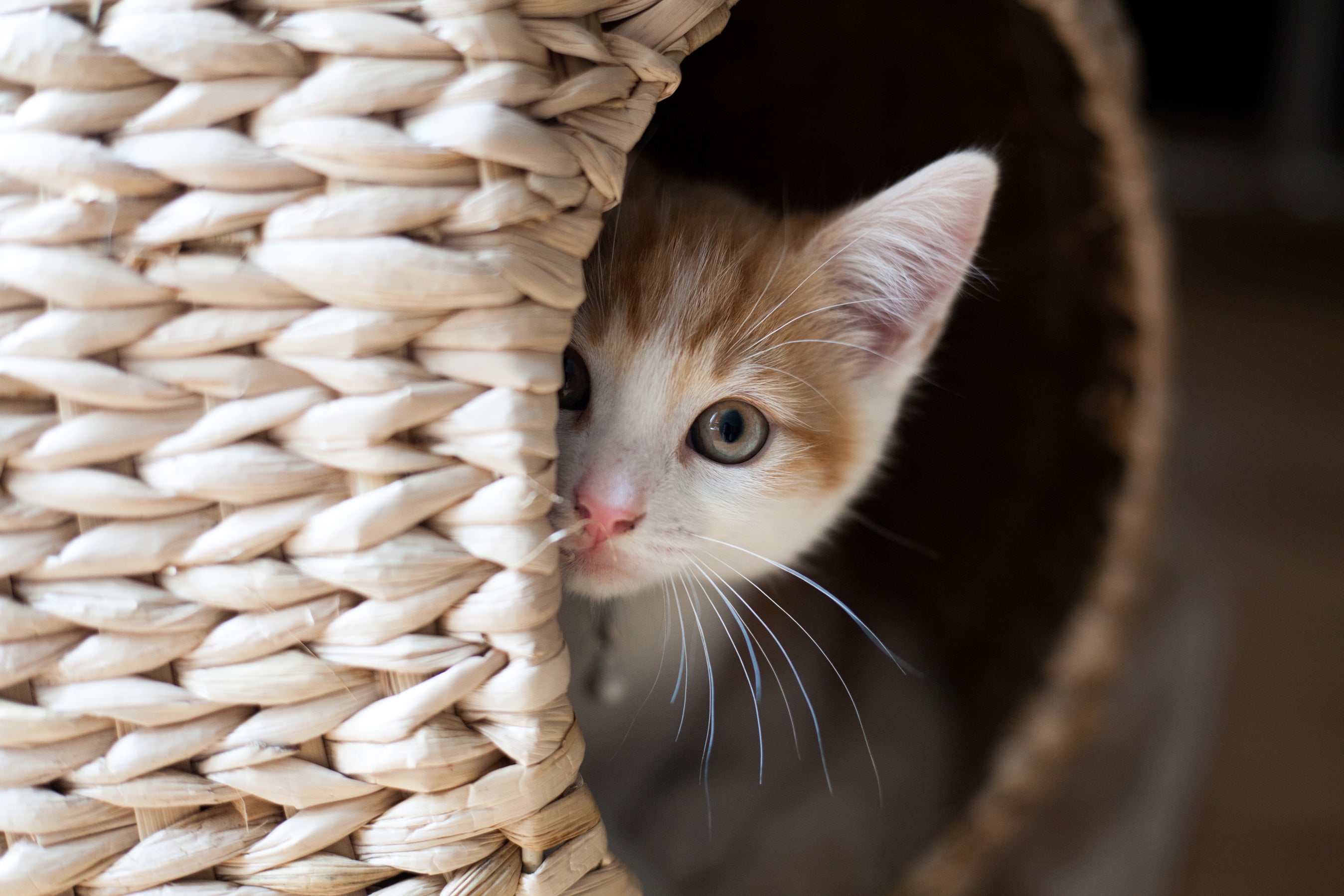
Cats need a litter tray large enough for them to turn, dig and move around to find a comfortable position.
5. All kinds of trays
Have you considered what kind of litter tray you’ve provided for your cats? Some cats like litter trays with lids, while others may feel confined in a small space with only one door and prefer an open tray. With lidded trays, we find that it often helps to remove the entrance flap to make it easier to climb in and out. If your cat is elderly, young, heavily pregnant or unwell, they may also benefit from a tray with low sides.
6. Keep things separate
Cats will have different areas within their territory for eating, sleeping, playing and drinking. The same principle applies to the litter tray. Place your cat’s litter tray somewhere that keeps these activities separate to avoid confusion or contamination.
7. Dig for victory
Cats like to dig in a small area when they go. The texture of clay is ideal because it will move comfortably when they dig, and it densely covers their waste. Other litters may be too hard for their paws, or too light and flimsy. Choosing a cat litter that feels comfortable for your cat to walk across is also essential – otherwise, they may be put off.
How much litter you put in the tray is another important decision. At Ever Clean, we recommend filling the litter tray to around 7cm deep, which is about 5L of cat litter for an average tray.
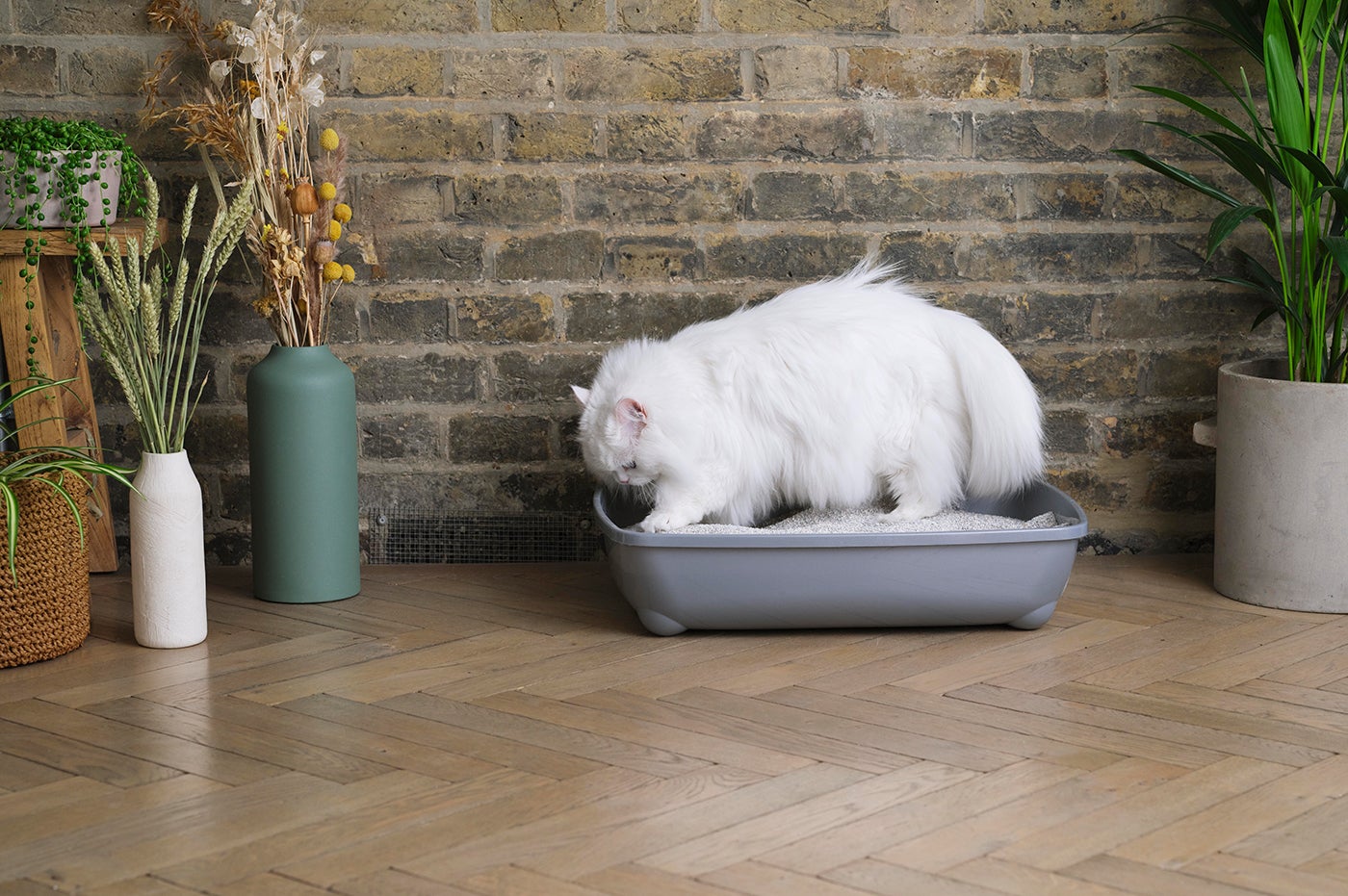
The texture of clay is ideal for cat litter because it will move comfortably when cats dig, and it densely covers their waste.
8. Cats need to be clean
A clean litter tray is fundamental for cats. They are likely to avoid using a dirty tray.
Many cats seem to prefer the texture of clumping cat litter. This type of litter makes removing waste easier, and removing solid clumps sooner will make your cat happier – many don’t like stepping over or into soiled litter.
Litter tray liners are designed to help you clean out the tray. However, they may be uncomfortable for cats when claws get caught and can be messy if cats pull up the liner while following their instincts to dig.
9. Sensitive noses
A cat’s nose helps guide them through the world. They have a keen sense of smell, which means that scents pleasant to humans can be overpowering for cats. Your pet will likely prefer a lightly scented or unscented cat litter.
Another top tip is to avoid scented cleaning products when it comes time to empty and refill the litter tray, as these may upset your cat.
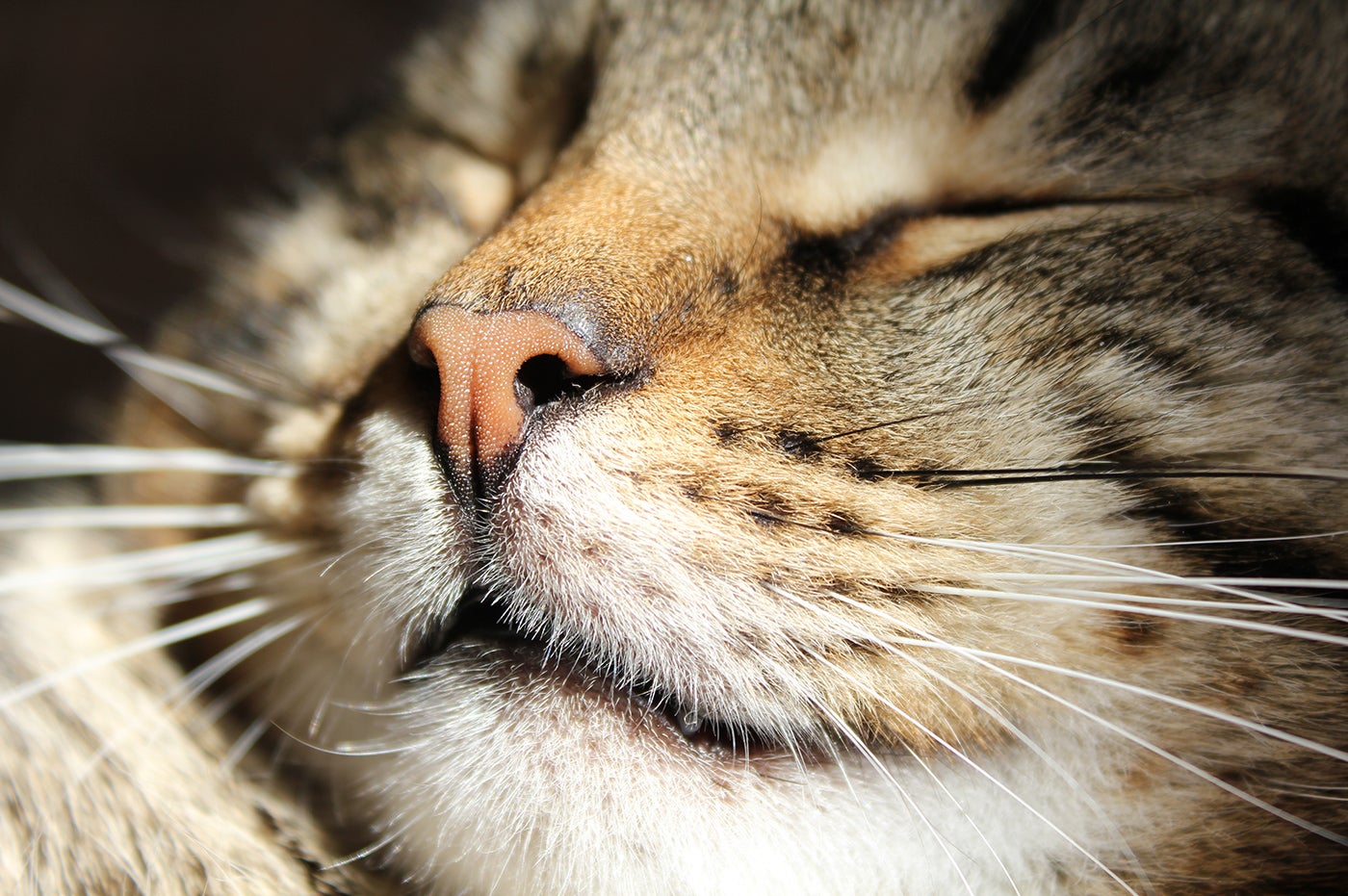
A cat’s nose helps guide them through the world.
10. Routine matters
Cats are creatures of habit. They often find change stressful, and this applies to the litter tray as much as anything else. If possible, start them with your preferred cat litter from when they are a kitten. Or, if you do need to change litter, try mixing it in gradually over a week or so.
Of course, some cats won’t mind change – so you could also try a new cat litter in a separate tray to see how they get on. Scatter a little of their old litter over the new so it smells familiar.


